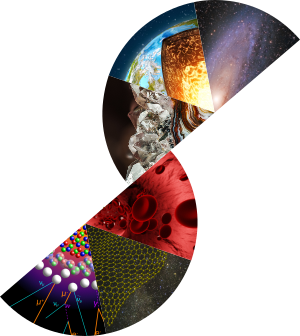The north west of metropolitan France is part of a stable continental region, impacted by a diffuse intraplate seismicity with low-to-moderate magnitude earthquakes. To understand the origins of SRCs seismic activity, a better characterization of the seismicity is necessary. The inherited structures of the Armorican Massif seemingly constraint the seismic pattern but, in addition to far-field tectonic stress loading, the influence of processes such as erosion and hydraulic loadings needs to be addressed. This study is part of an ANR project, EroSeis, which aims to determine the influence of long-term erosion on deformation rates and seismic activity. We present here the relocation and the estimated moment magnitude of 80 earthquakes of Ml > 3.0 between 2015 and 2023 in northwestern France and the focal mechanisms associated with the most important events.
|
Preliminary analysis of 80 earthquakes of Ml > 3.0 in northwestern France
1 : Laboratoire de Planétologie et Géosciences [UMR_C 6112]
Université d'Angers, Institut National des Sciences de l'Univers, Centre National de la Recherche Scientifique, Nantes université - UFR des Sciences et des Techniques
2 : Observatoire des sciences de l'univers Nantes Atlantique
Université d'Angers, Institut National des Sciences de l'Univers, Conservatoire National des Arts et Métiers [CNAM], Centre National de la Recherche Scientifique, IMT Atlantique, Université Gustave Eiffel, Nantes Université
3 : Géoazur
Institut National des Sciences de l'Univers, Observatoire de la Cote d'Azur, COMUE Université Côte d'Azur (2015-2019), Université Côte d'Azur, Centre National de la Recherche Scientifique, Institut de Recherche pour le Développement
|

 PDF version
PDF version
